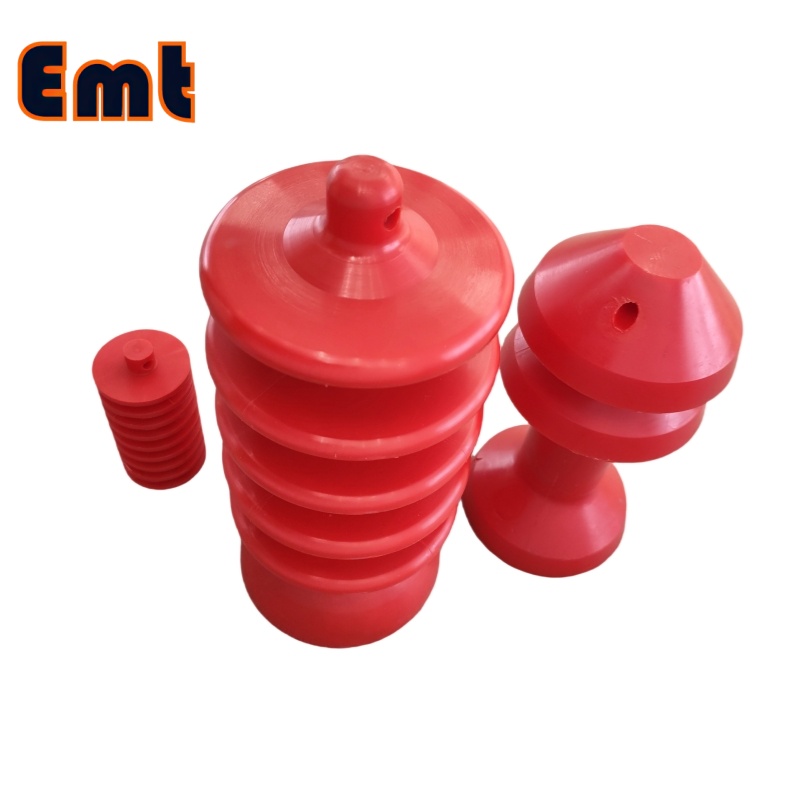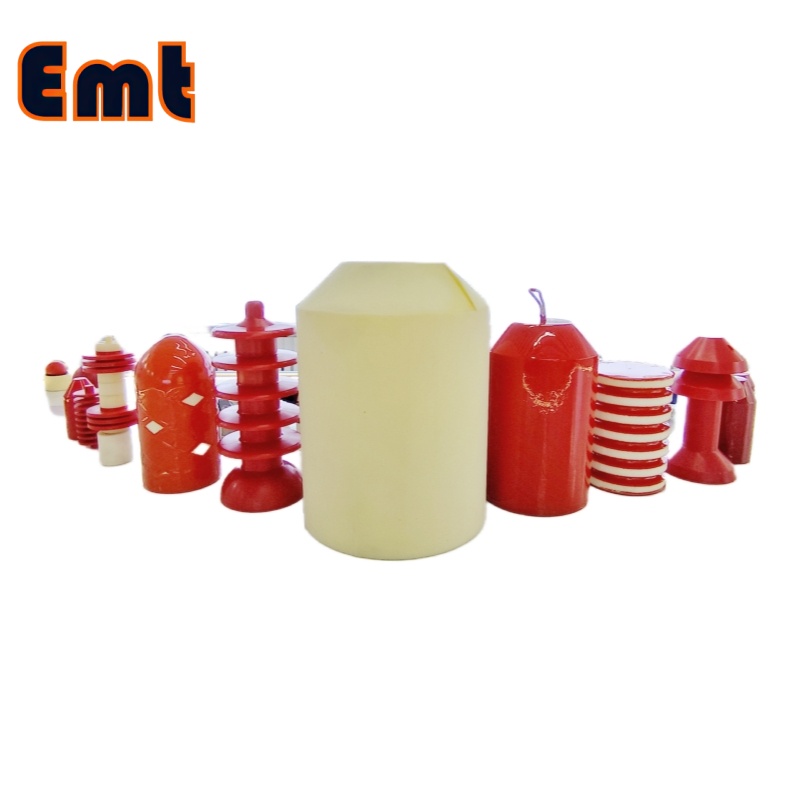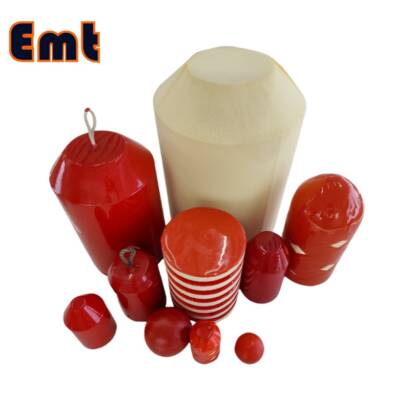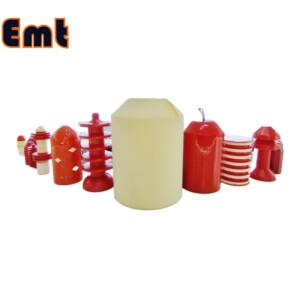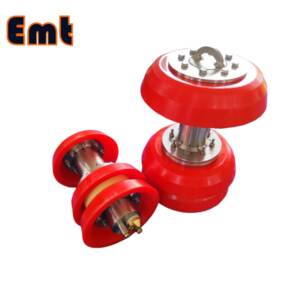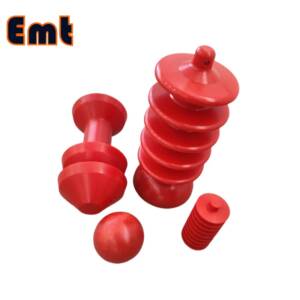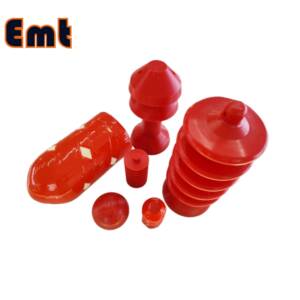Description
A Natural Gas Pig is a mechanical tool designed for cleaning and maintaining pipelines. Natural gas pressure drives it through the pipeline, where it effectively removes deposits and contaminants to ensure a safe and efficient flow within the pipeline system.
A Natural Gas Pig is a specialized tool engineers specifically design for cleaning and maintaining pipelines, particularly those used to transport natural gas and other fluids. In the pipeline industry, the term “pig” refers to Pipeline Inspection Gauges or tools that operators send through pipelines to perform various maintenance tasks. Here is an overview of how operators utilize Natural Gas Pigs:
Purpose and Function
The primary purpose of a Natural Gas Pig is to ensure the integrity and efficiency of a pipeline by cleaning out sediment, debris, and other accumulations that can affect pipeline performance. These pigs are propelled by the pressure of the natural gas itself or another pushing medium, traveling through the pipeline to perform cleaning and inspection tasks.
Importance of Natural Gas Pig in Pipeline Maintenance
Enhancing Operational Efficiency
Natural gas pigs are essential for maintaining pipeline integrity. They effectively clear out deposits and debris from the pipeline’s interior, which optimizes the flow of natural gas and improves efficiency. This reduction in blockages leads to decreased energy consumption and lowers overall operational costs. Regular use of natural gas pigs also prolongs the lifespan of pipelines by preventing the need for expensive repairs and replacements. By keeping the pipelines clean, these pigs not only enhance performance but also enable early detection of potential issues, reducing downtime and boosting productivity.
Ensuring Safety and Environmental Compliance
Safety is a primary concern in pipeline operations, and natural gas pigs play a vital role in maintaining it. By routinely cleaning the pipelines, these pigs help prevent corrosion and leaks, which are crucial for avoiding dangerous incidents. They also assist in identifying structural weaknesses early on, allowing for timely repairs that ensure continued safety. Additionally, maintaining clean pipelines minimizes the risk of natural gas leaks, which is important for environmental protection. Regular pigging is often required by regulatory bodies, and adherence to these mandates prevents legal issues. In summary, natural gas pigs are critical for ensuring safe, efficient, and environmentally compliant pipeline operations.
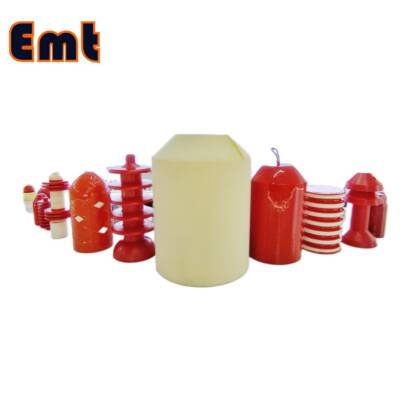 How to Pig a Pipeline?
How to Pig a Pipeline?
Debris, grease, corrosion, and cracks can accumulate in natural gas pipelines, jeopardizing flow integrity and increasing the risk of accidents. To combat these issues, a specialized tool known as a “pipe pig” is employed to maintain optimal flow and prevent disruptions.
What is Pigging in Oil and Gas Pipelines?
Pigging in the oil and gas industry refers to the use of a pipe pig to ensure flow assurance — essentially, cleaning and inspecting pipelines to keep them functioning efficiently. Due to the potentially hazardous nature of the process, trained professionals should always conduct pigging.
Why Are They Called Pigs?
The term “pipe pigging” originates from several theories. One popular explanation suggests that the original tool was bound in leather. As it moved through the pipeline, it made a squealing sound similar to a pig. Another theory proposes that the name derives from the tool’s appearance post-cleaning. It would emerge covered in debris, resembling a pig wallowing in mud.
Types of Natural Gas Pigs
Several types of pigs are used depending on the specific maintenance requirements:
Foam Pigs: Crafted from flexible foam, they serve for light cleaning and drying. They effectively remove loose debris and water from the pipeline.
Brush Pigs: These pigs, equipped with brushes made from various materials, tackle more aggressive cleaning tasks. They remove rust, scale, and other tenacious deposits.
Scraper Pigs: Often made from harder materials and sometimes equipped with blades, scraper pigs perform heavy-duty cleaning tasks. They scrape the pipeline walls clean of tougher substances like wax build-up and scale.
 Benefits of Using Natural Gas Pigs
Benefits of Using Natural Gas Pigs
Improved Efficiency: Regular use of pigs maintains optimal flow rates by removing buildup.
This removal helps avoid increased pressure requirements.
Extended Pipeline Life: Regular removal of corrosive materials and debris prevents long-term damage.
This prevention helps avoid leaks or pipeline failure.
Safety and Environmental Protection: Clean pipelines reduce the risk of leaks and ruptures.
These risks can have serious environmental and safety consequences.
Cost Savings: Regular pigging operations maintain pipelines and prevent costly repairs.
Addressing issues early helps avoid severe downtime.
Operational Considerations
When deploying a Natural Gas Pig, operators must consider several factors:
Pipeline Design: The pipeline’s diameter, length, bends, and pressure levels affect the type of pig that can be used.
Type of Debris: The nature of the debris and the level of cleaning required also determine the choice of pig.
Frequency of Pigging: The frequency of pigging depends on the pipeline’s usage, the material transported, and the environmental conditions of the pipeline route. In conclusion, Natural Gas Pigs play a vital role in the maintenance of pipelines, ensuring they operate safely and efficiently. They are an integral part of preventive maintenance strategies in the pipeline industry, significantly contributing to the operational longevity and safety of pipeline infrastructure.


